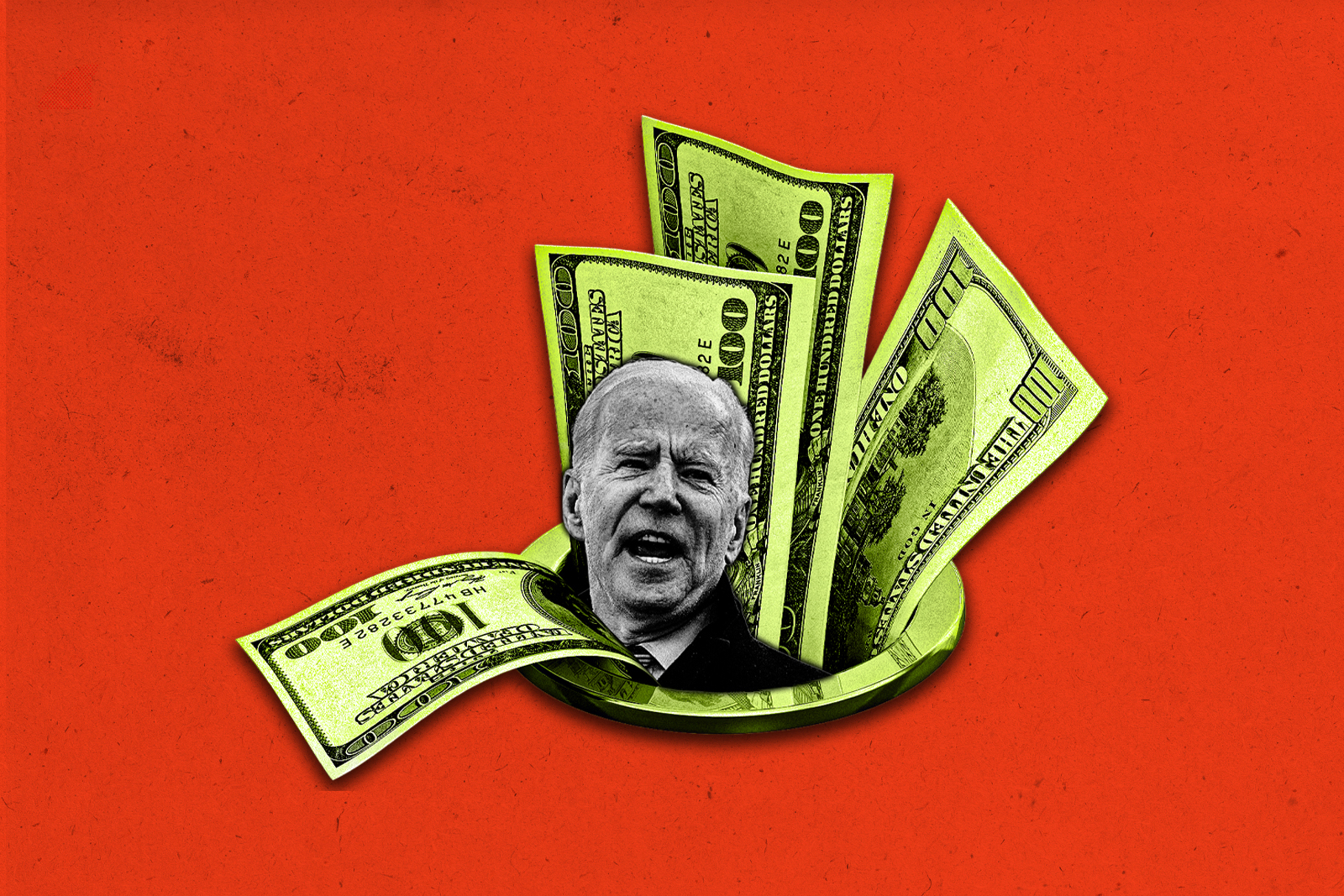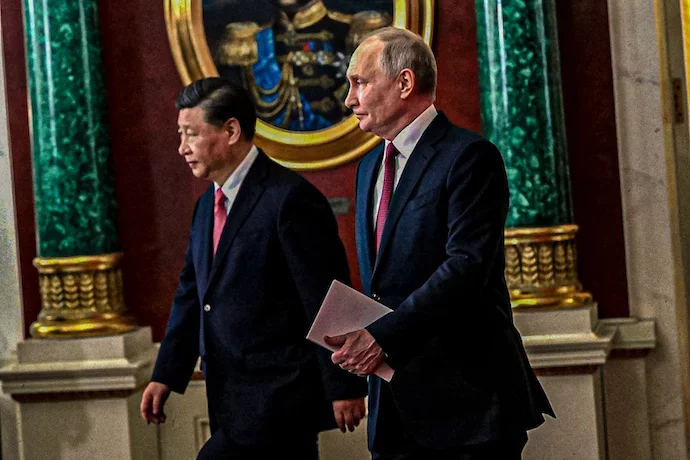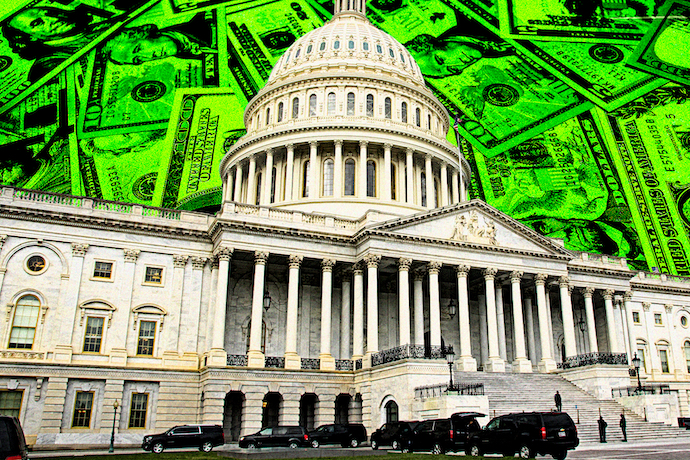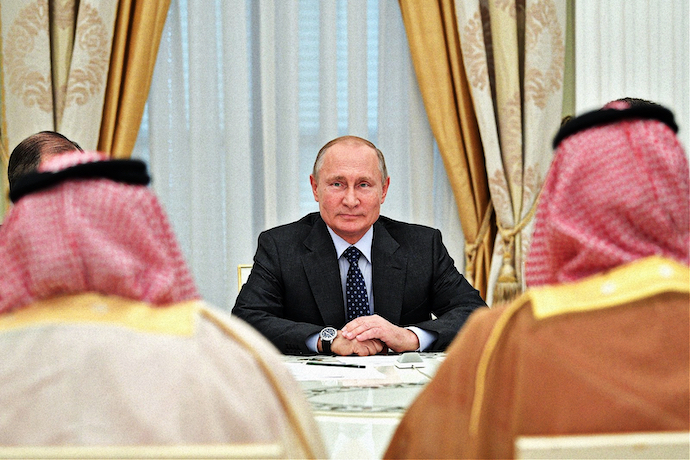
Is the U.S. Dollar on a Decline: It’s Complicated
In recent months, there has been increased discussion among U.S. policymakers and foreign leaders about the potential decline of the U.S. dollar as the world’s reserve currency. On June 6th, the House Financial Services Committee held a hearing titled “Dollar Dominance,” where experts and policymakers expressed concerns about preserving the dollar’s position as the dominant global reserve currency.
This issue was also addressed in U.S. Treasury Secretary Janet Yellen’s testimony before the House Financial Services Committee on June 13th. In response to concerns raised by multiple representatives, she argued that while the share of the U.S. dollar in global transactions and currency reserves of other nations may decrease, the decline will be moderate. She also emphasized that the dominance of the dollar is expected to continue due to the lack of a viable alternative. However, this topic has become heavily politicized, leading to sensational reports on social media platforms claiming that Yellen is worried about de-dollarization.
Although most of these reports originate from fringe and politicized media outlets, mainstream media coverage of this topic has also increased. Recent congressional interest in the issue is partly a response to these reports, as well as a result of gestures and announcements by foreign government officials.
Leaders of BRICS countries formally called for the introduction of an alternative BRICS currency last year, but progress has been slow. Some leaders, such as Brazil’s President Lula da Silva have been particularly vocal. During his visit to China in April, da Silva reiterated his call for an alternative global currency, and the two countries signed an agreement to bypass the dollar and trade directly in each other’s currency through a currency swap deal. Similar calls to bypass the dollar in global trade have been made by Vladimir Putin, Xi Jinping, and leaders of several emerging market economies.

Since the Second World War, the U.S. dollar has played three crucial roles in the global economy: the primary currency for international transactions, the dominant reserve currency for central banks, and the preferred hard currency for millions of households and private institutions worldwide. It is common for citizens in many developing countries to hold a portion of their savings in U.S. dollars, especially in countries with high inflation and political instability. In fact, the demand for U.S. dollar bills outside the United States is so strong that more than two-thirds of all $100 bills in circulation are held abroad.
Merchants and businesses in some countries openly accept U.S. dollars for trade instead of the national currency, further reinforcing the popularity of the dollar among citizens. This strong global demand for dollars has persisted for over 80 years, and as of 2023, more than half of the total U.S. currency in circulation (amounting to $1.1 trillion) was held outside of the United States.
The unique global role of the U.S. dollar is closely tied to the dominant economic and geopolitical position of the United States since 1945. The trust gained by the United States for its currency leadership, after the Bretton Woods Agreement, where the price of gold was fixed to the U.S. dollar, has contributed to maintaining an open and liquid financial system. Although the gold standard ended in 1971, the dollar-based global financial system has persisted and played a crucial role in facilitating trade and investment among nations.
This global role has benefited not only the United States but also Europe, Japan, and more recently, China. These nations have not only benefited from the smooth functioning of dollar-based global finance but have also sustained their economic growth by running large trade surpluses with the United States, using these surpluses to buy U.S. financial assets and increase their dollar reserves.
The strong global demand for U.S. dollars has also allowed the U.S. government to sell a portion of its public debt to foreign entities. In 2011, more than 50% of U.S. public debt was held by foreigners, benefiting U.S. taxpayers and consumers by making imported goods and services more affordable and keeping interest rates low for American households and businesses.

Monetary and financial statistics indicate that the U.S. dollar’s share in several global roles has been diminishing. The share of U.S. public debt held by foreigners has declined from its peak in 2011 to 27% by 2022. Tensions between the United States and China have also reduced China’s holdings of U.S. public debt. China, which was the largest foreign holder of these debts in December 2018 ($1.124 trillion, 17.9% of the total), fell to the second rank after Japan by May 2023, with its share declining to 11.8% ($867 billion).
The official reserve role of the U.S. dollar remains strong even though it has declined moderately over the past two decades. The share of the dollar in official reserves of central banks has declined from 67% in 2002 to 60% in 2022. In comparison, the second most popular reserve currency, the euro, accounted for only 19% in 2022, and China’s yuan accounted for a mere 2.5%, despite China being the second-largest economy with the highest volume of global trade.

The concerns surrounding the global role of the dollar stem from various economic and geopolitical developments in recent years. The sustained economic growth and increased manufacturing exports of China have gradually reduced the United States share in the global economy. Despite this decline, the rest of the world has been willing to conduct business under dollar dominance, except for certain deviations and excesses in U.S. policies.
On the economic front, the U.S. government’s deficits and public debt have reached record-high levels, raising concerns worldwide about their sustainability and economic consequences. From 2002 to the end of 2022, U.S. public debt rose by 390% from $6.4 trillion to $31.4 trillion. Meanwhile, the share of foreign holdings of this debt declined from 39% in 2018 to 30% in 2022. The international community worries that as the public debt burden increases, it may become harder for the U.S. government to borrow, forcing the Federal Reserve to purchase a larger share. This, in turn, would increase the money supply, raise inflation rates, and weaken the dollar.
Another significant global concern is the U.S. government’s use of the dollar as a tool for diplomatic and geopolitical purposes. While economic and financial sanctions have always been employed by the United States to influence other countries’ behavior, their frequency and the number of target countries have sharply increased in recent years. Moreover, these targets now include not only small developing economies but also major economies like Russia and China.
The U.S. government has demonstrated its willingness to restrict a country’s access to international transactions, such as through the SWIFT inter-bank transfer mechanism, as a means of exerting diplomatic pressure. This is worrisome for many governments and private investors who rely on dollar-denominated international transactions. With the U.S. capable of disrupting or sanctioning international dollar-based transactions, concerns arise about potential disruptions in financial transactions with countries that may become targets of U.S. sanctions.

These concerns have impacted two types of economic activities in international transactions that don’t directly involve the United States: business contracts and lending activities. While it has been common practice for many governments and businesses to write international contracts in U.S. dollars, some are gradually shifting to other currencies. Traditionally, the international crude oil market has been denominated in dollars. However, in recent years, some oil contracts have been signed in yuan and other currencies. For example, Saudi Arabia, amidst tensions with the United States, surprised many in March by announcing negotiations with China to accept oil payments and futures contracts in yuan.
Similarly, Russia, in response to Western sanctions on its oil exports, has signed several oil contracts in ruble and UAE dirham in recent months. While dollar-denominated contracts still dominate the oil market, the number of non-dollar contracts is slowly increasing.
China has also taken steps to promote gold exchange in yuan by establishing the Shanghai International Gold Exchange (SGEI). This move has increased the convertibility of the yuan to gold, making it more attractive as an international currency.
The dominance of the U.S. dollar is facing challenges and undergoing changes in various global roles. While the decline is moderate and the dollar’s position as the dominant global reserve currency is expected to continue due to the absence of a viable alternative, concerns over economic factors, geopolitical tensions, and the weaponization of the dollar have led to discussions about alternative currencies and a shift away from dollar-denominated contracts in certain sectors. The situation remains complex and subject to ongoing developments in the global economy and geopolitical landscape.

